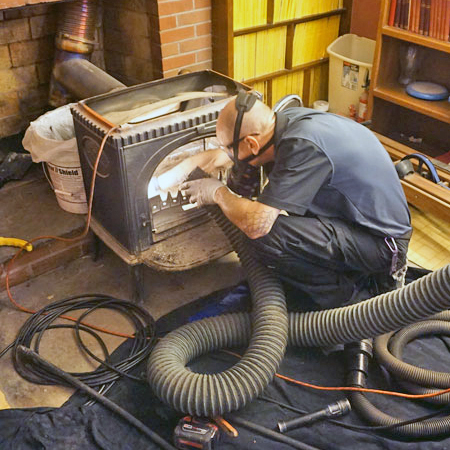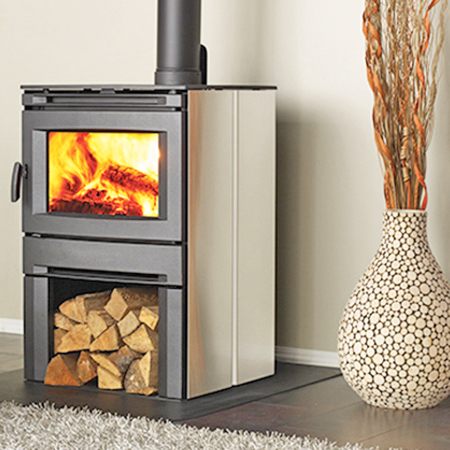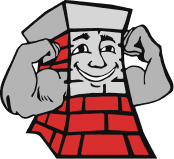5 Safety Tips for Operating Your Wood Stove
 The quintessential wood stove is an indispensable source of heat for many homeowners, especially in older homes built before the arrival of central air. And since modern wood stoves are more environmentally friendly than ever before, they have grown in popularity. But whether you use a wood stove for primary or supplemental heating, you need to make sure you are operating the appliance safely.
The quintessential wood stove is an indispensable source of heat for many homeowners, especially in older homes built before the arrival of central air. And since modern wood stoves are more environmentally friendly than ever before, they have grown in popularity. But whether you use a wood stove for primary or supplemental heating, you need to make sure you are operating the appliance safely.
Annual Inspection & Cleaning
There is no way around it; an annual inspection is vital. It is your first line of defense that ensures your wood stove, stovepipe, and chimney is safe for use. A yearly inspection will uncover any issues that could increase the risk of fire or carbon monoxide poisoning. For example, the technician will visually examine the chimney liner. It is unsafe to operate a wood stove if the liner is damaged or if the chimney is unlined. Other potential issues such as cracked bricks, gaps in the mortar joints, water leaks, and other masonry problems could result in health and safety issues.
The technician will also advise if cleaning is recommended. Excessive creosote is the leading cause of residential structure fires. When there is 1/8” or more of creosote in the chimney, stovepipe, or stove, its immediate removal is strongly encouraged. Also, always hire a Certified Chimney Sweep® for cleaning and inspection. It is your assurance that the technician not only has professional training and expertise but will also follow established industry standard guidelines.
Always Use the Right Fuel
Always use firewood that has been seasoned for at least six months. Fresh or “green” wood has a very high moisture content. Firewood that contains a high moisture content burns faster at lower temperatures and creates a lot of smoke and creosote. On the other hand, seasoned wood burns slower at higher temperatures with less smoke and creosote. It’s safer, will keep your home warmer longer, and you will use less fuel.
Correctly Vent the Stovepipe
 The stovepipe vents the smoke and fumes in the wood-stove out through the chimney. It is unsafe to use a stovepipe without connecting it to an approved chimney system. A combination of high temperatures along with CO2 gases along with creosote buildup inside the stovepipe can start a fire. Periodically cleaning the stovepipe and ensuring it is correctly vented to the chimney reduces the risk of fire and carbon monoxide poisoning.
The stovepipe vents the smoke and fumes in the wood-stove out through the chimney. It is unsafe to use a stovepipe without connecting it to an approved chimney system. A combination of high temperatures along with CO2 gases along with creosote buildup inside the stovepipe can start a fire. Periodically cleaning the stovepipe and ensuring it is correctly vented to the chimney reduces the risk of fire and carbon monoxide poisoning.
Keep Combustibles Away from the Stove
While much of the heat is contained inside the stove, it’s exterior, and the stovepipe can get quite hot. Keep clothing and any flammable objects or liquids a safe distance from the heating stove and stove pipe.
Install a CO2 Detector
Carbon monoxide is a colorless, odorless, and tasteless gas that is a byproduct of burning solid and liquid fuel. And its consequences can be deadly. For your safety, it is highly recommended to install a CO2 detector. The detector will sound an alert if carbon monoxide gas is leaking into your living space.
When operated safely, your wood stove will reduce your heating costs and keep your family warm on those chilly days. Contact us to schedule your annual inspection and cleaning with a certified chimney technician today!


